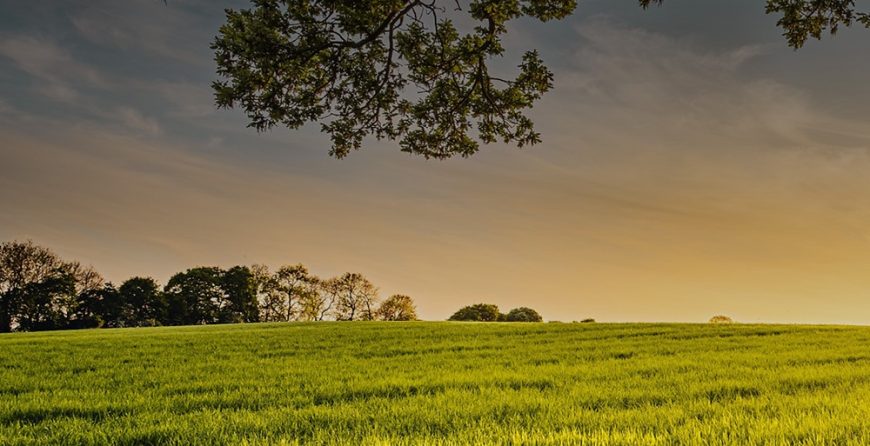 Imagine having a lush, green yard that was created without using synthetic fertilizers and chemical herbicides.
Imagine having a lush, green yard that was created without using synthetic fertilizers and chemical herbicides.
Such a yard is possible, and we know how to make it happen!
For some homeowners, having the perfect lawn can become an obsession – and a money pit. Laying sod, spreading fertilizer and watering adds up quickly. In fact, Americans spend around $40 billion each year on lawn care.
The practice of having a manicured lawn started in Europe, but like all trends that cross the pond, America has mastered the notion of creating a perfect lawn and, as a result, many people love turning their yards into works of art.
Lawn Care Mentalities Have Shifted
Each year, the number of homeowners who have an organic garden rises, which means the demand for organic yard maintenance products goes up. We as homeowners want to make our lawns safe places where our children can play. To do this, we need to select safe lawn care methods that will produce the lush, green look and the safety we’re looking for.
We know that traditional fertilizers tend to degrade the soil, pollute water, and impact humans, pets, and surrounding wildlife in negative ways. As a result, attitudes towards conventional lawn care methods have changed.
Lawmakers in a number of U.S. cities have created restrictions regarding the use of pesticides in parks and on school grounds. And though many pesticides remain legal in the States, many people have begun to see the harsh impact those products have on the ecosystem.
People throughout the country have made small and large strides to going green. You have to decide if the perfectly manicured lawn is worth the environmental price we’re paying.
Making Your Lawn Safe
It’s easy to follow the lawn care steps we observed and were taught by earlier generations when pesticides gave no cause for concern and our water supply seemed inexhaustible. The key to making your lawn safe is to shift away from using insecticides, herbicides, and fungicides that have been used routinely for decades.
Here’s what you can use:
Fertilizer
A simple way to go organic is to start purchasing organic fertilizer products that have an Organic Materials Review Institute rating on the package. The OMRI certification tells you that it’s been certified organic, so you can’t go wrong. Since organic fertilizers are made with natural materials, they need to break down before your grass will absorb them, which means you should also add compost.
To keep your lawn healthy and green, pair your fertilizer with organic compost. This will ensure your soil is nice and healthy. Just like you add compost to your garden, you should add compost to your lawn, which will contribute to the overall health of the grass.
Apply organic compost in the spring and fall, especially if your compost contains previous grass clippings. You can also use the “no-bag” mowing method to return nutrients to the soil right away.
Mowing
Your grass will grow deeper roots when you trim it properly and regularly. When grass is mowed, it draws nutrients and moisture from deeper in the soil, which protects it and keeps it from drying out.
An organic lawn should be kept a little bit higher than non-organic ones. Keep the length around 3 to 3-½ inches and you should be good. At this height, the grass will shade out weeds and allow for more photosynthesis-generating surface area, thus giving you the greener, healthier lawn you desire.
Watering
When it comes to organic lawn care, watering is the trickiest part. Why? Because in Iowa, we don’t live in extreme conditions but we’re used to watering our grass, especially when the humid summer days kick in.
You’ll need to discipline yourself because organic lawns really don’t need watering. Until your lawn gets used to it, it won’t look as lovely as your neighbor’s but it will be worth it once you tough it out.


